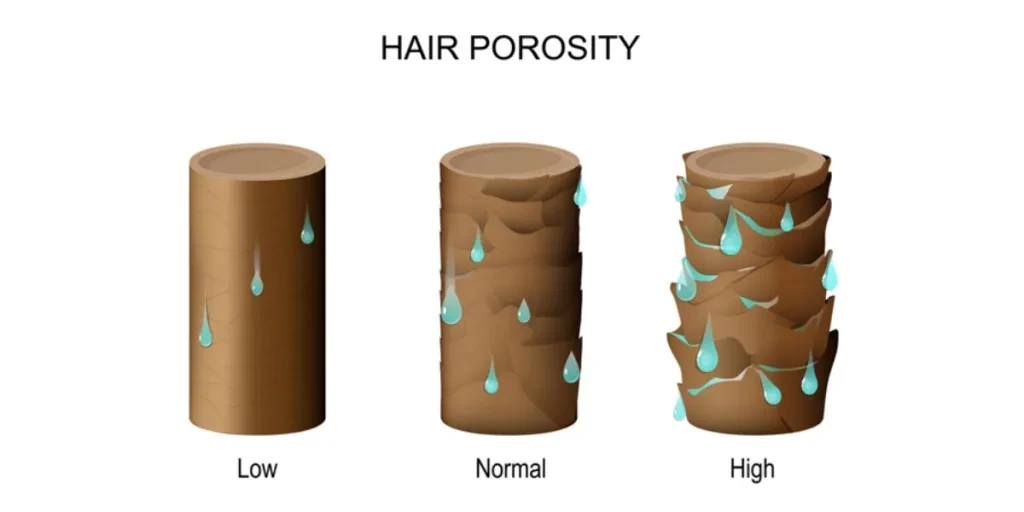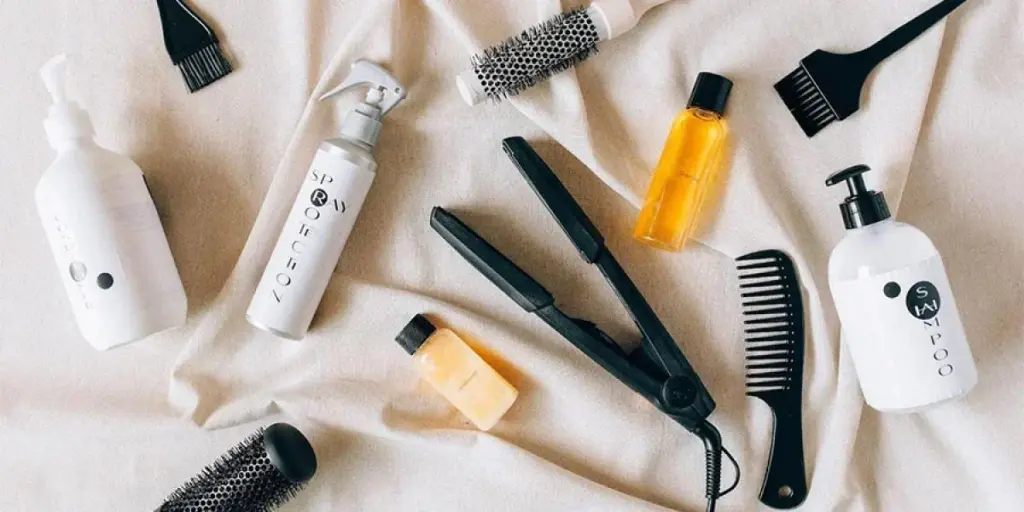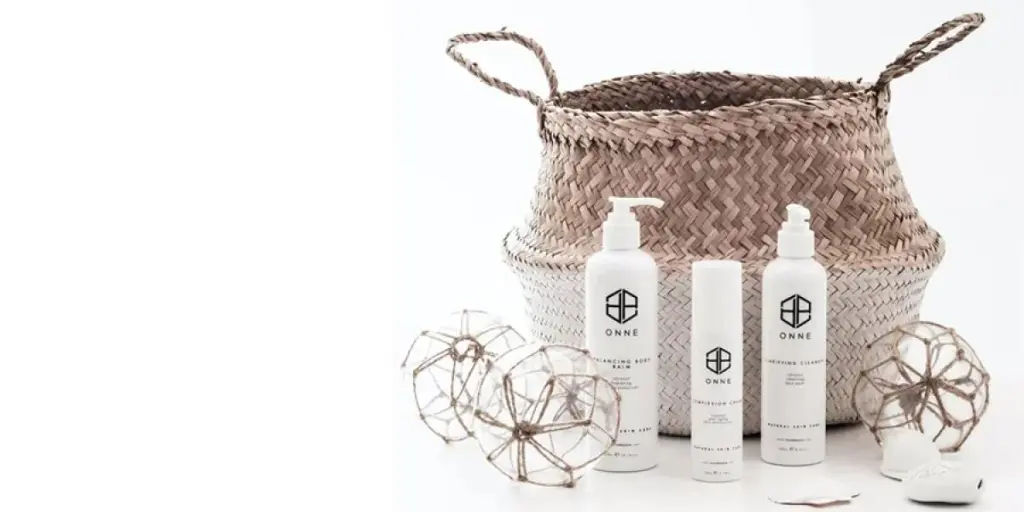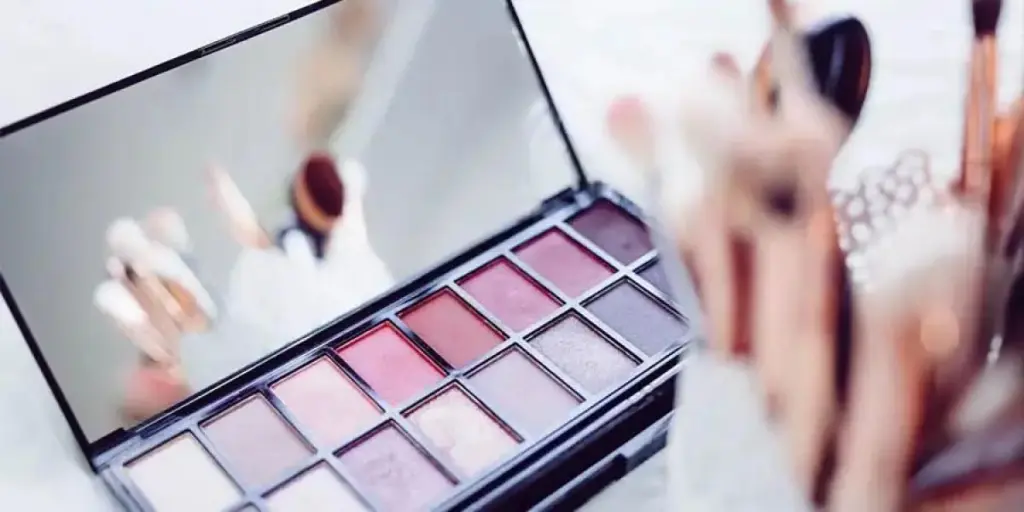Hair porosity has been a hot topic in curly and natural hair circles. If consumers always complain about their hair feeling dry or damaged, it might be because they’re not treating it based on its porosity.
People with natural hair often deal with dryness, but understanding hair porosity can help them make better care choices with the right products, ingredients, and techniques. That way, they can help clients keep their hair healthy and hydrated while avoiding options that don’t work for their hair type.
While there are three types of hair porosity (high, low, and medium), this article will focus on low-porosity hair and a few style inspirations consumers can pull off with it.
Table of Contents
What is low-porosity hair?
The key characteristics of low porosity hair
How to help consumers know if they have low-porosity hair
1. The strand float test
2. The spray bottle test
3. The slide test
5 hairstyles clients can do with low-porosity hair
1. High puff or ponytail
2. Loose braid-out
3. Twist-out or flat twists
4. Pineapple updo
5. Half-up, half-down
3 essential products consumers will need for low-porosity hair
1. Sulfate-free shampoo
2. Deep conditioner (with heat)
3. Lightweight oil
In conclusion
What is low-porosity hair?
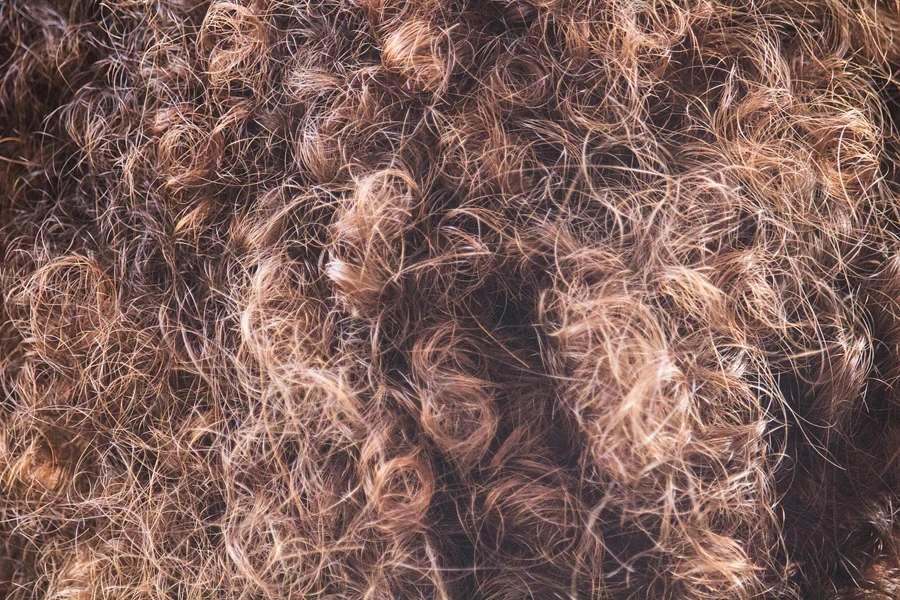
Low porosity doesn’t absorb water easily. It’s an issue because of the tight and flat hair cuticles, which block moisture from soaking in. While that sounds bad, it’s a situation that has its upsides. While water can’t easily get in, it also won’t get out quickly, meaning with the right hair care routine, consumers can lock in moisture better than high or medium porosity types.
The key characteristics of low porosity hair
- Little or no elasticity: Normally, washing hair would make it bouncy and elastic. Sadly, if consumers stretch it after washing, low-porosity hair may do the opposite (break easily).
- Products don’t go deep: Since low-porosity hair has a hard time absorbing moisture, hair products won’t be able to penetrate either. Whatever consumers use may just sit on the top of the hair instead of soaking in.
- Wash and dry times: Because of its tighter structure, washing low-porosity hair takes almost forever. Consumers may wash for minutes before the hair gets fully wet. On the flip side, drying the hair after washing will also take a long time (maybe even hours) without a blow dryer’s help.
- Dry ends and tangles: The secret to healthy hair is moisture. So, what happens when hair can’t absorb that much-needed moisture? Usually, it leads to dry and tangle-prone hair.
- Flattened curl patterns: Curly, dry hair is notorious for losing its definition. If consumers are worried about losing their natural texture and pattern, it could be that they’re not properly caring for their low-porosity hair.
How to help consumers know if they have low-porosity hair
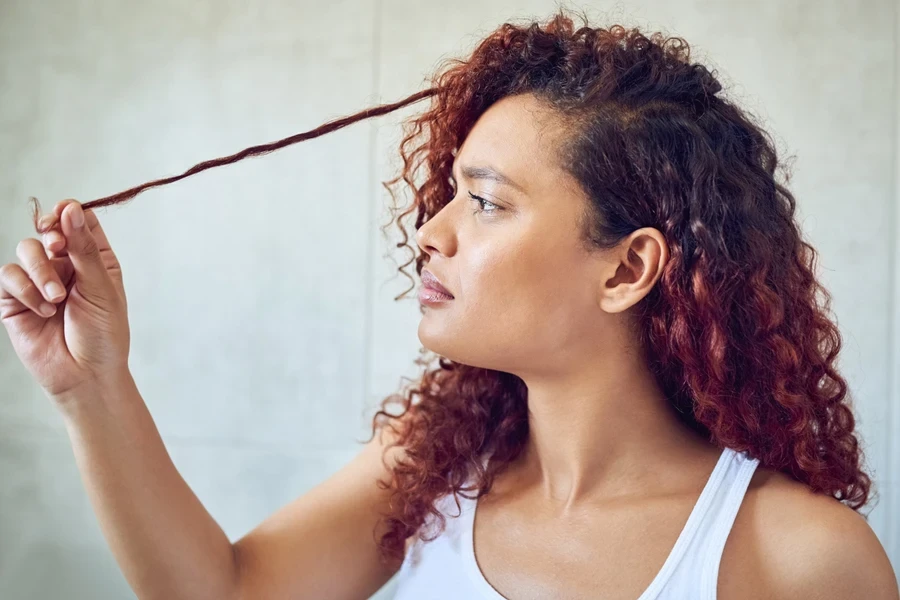
What if clients want to see if they have low-porosity hair? Here are a few tests you can use to help them check:
1. The strand float test
The strand test is a quick and popular way to test hair porosity. Consumers can even do it themselves and return to you with the results. Here’s how it works:
- Shampoo and rinse the hair so it’s free of product buildup (which can skew results).
- Fill a bowl with cold water.
- Drop a clean, dry strand of hair in the water.
- If it floats on top for a while, the client likely has low-porosity hair. (High-porosity hair sinks fast; medium-porosity hair usually floats in the middle.)
Note: Remind consumers to watch how the hair behaves immediately after they drop it in. All hair types will sink when the water warms up, so they can only get the results when it’s cold.
2. The spray bottle test
Here’s another quick test you can do or guide consumers to do themselves:
- Lightly spray water onto the dry hair.
- See what happens after. If the water beads up on the surface rather than absorbs, it indicates that clients have low-porosity strands.
3. The slide test
This last test can help see if clients have hair with tight outer layers. Here’s how it works:
- First, pinch a single strand of hair between the thumb and forefinger.
- Then, slowly slide the fingers up toward the scalp.
- If the strand feels smooth with minimal bumps, that typically means a tight cuticle layer (low porosity).
5 hairstyles clients can do with low-porosity hair
Low-porosity hair can be a bit stubborn with styling, particularly if it’s drier. However, with the right techniques and product approach, consumers can rock different looks that showcase their unique texture. Here are five they might love:
1. High puff or ponytail
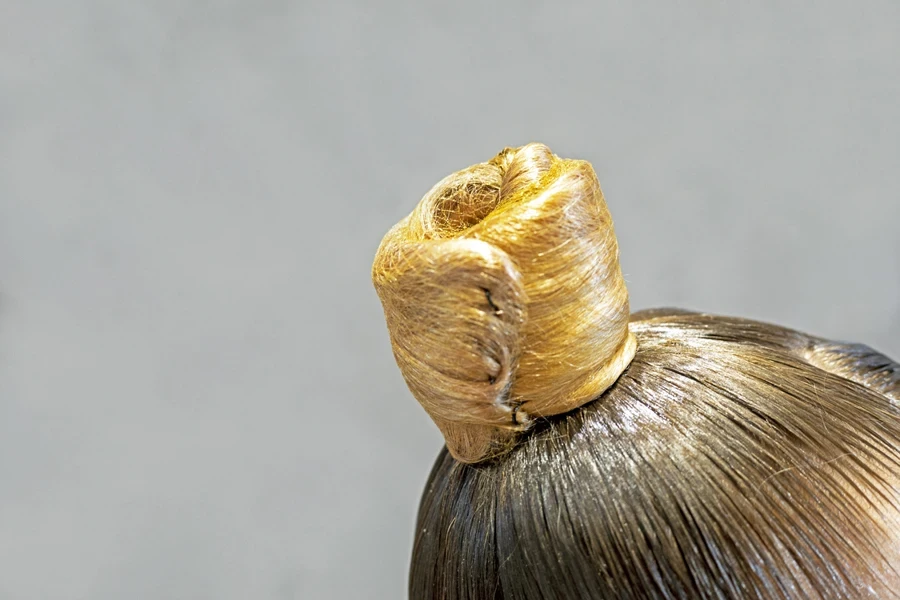
A sleek high puff or ponytail helps gather hair away from the face, minimizing tangling and dryness at the ends (since clients can focus your leave-in products there).
Styling tip: Consumers may need a soft-bristle brush or a satin scarf to smooth their edges. A light, water-based gel is also a good idea, as it can help create hold without weighing the hair down.
2. Loose braid-out
Yes, low-porosity hair has a tough time with moisture, but some styles can help, like loose braid-outs. Braiding hair while damp (and lightly coated with a leave-in conditioner) can help lock in moisture faster. Then, clients can unravel the braids when the hair dries up for soft waves or curls.
Styling tip: Remind clients to gently separate each braided section with their fingertips and apply hair oil to reduce frizz. They should focus on lightweight oils like grapeseed or argan—especially for low-porosity hair.
3. Twist-out or flat twists
Like a braid-out, this style can help define curls or waves by locking in moisture and giving consumers low-porosity hair volume without dryness—while still looking great. However, consumers will need a light cream or styling lotion before twisting instead of oils. Now, stylists must ensure the hair is partially dried under a hooded dryer or overnight to avoid that annoying “still damp” issue after styling.
4. Pineapple updo
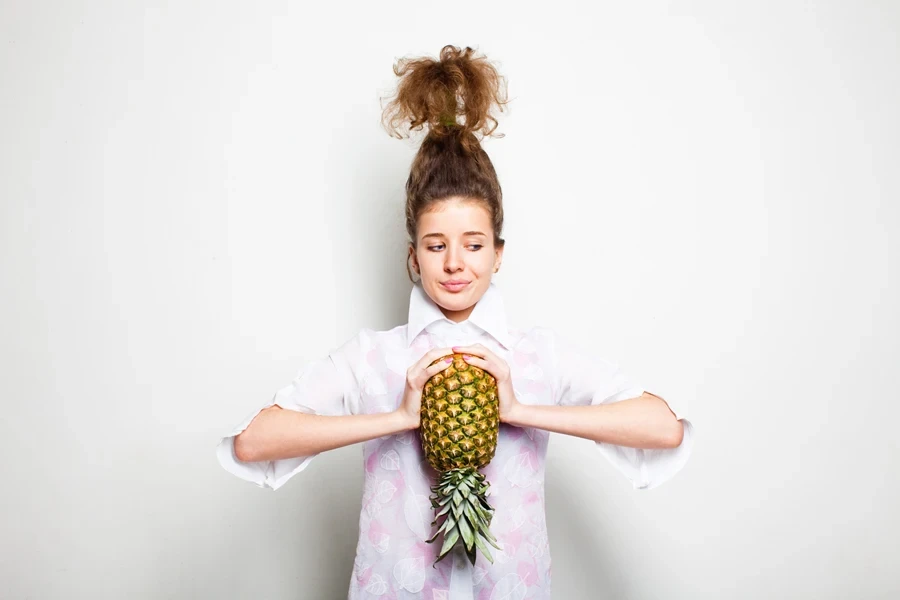
Low-porosity hair doesn’t mean clients can’t have curls or coils. If they do, gathering them into a loose “pineapple” at the top of their head overnight can protect against tangles and friction. So, after giving them a much-needed hair care session, this style can double as a casual, cute daytime look.
Styling tip: Advise clients to wrap a satin or silk scarf around the base after the session (or if they do the style themselves). It will help them keep their edges smooth and lock in moisture while you sleep.
5. Half-up, half-down
Another way consumers with low-porosity hair can moisturize properly is by styling their locks in sections. That way, they can focus on specific areas instead of the entire head at once for better results—this is why the half-up, half-down style is a good one for them to try. Plus, it’s a fun way to show off length while keeping some hair out of the client’s face.
Styling tip: After washing and conditioning, clients must seal each section with light oil or leave it in before twisting or braiding lightly (if they want to). Then, they can release once partially dry to get a soft, natural wave.
3 essential products consumers will need for low-porosity hair
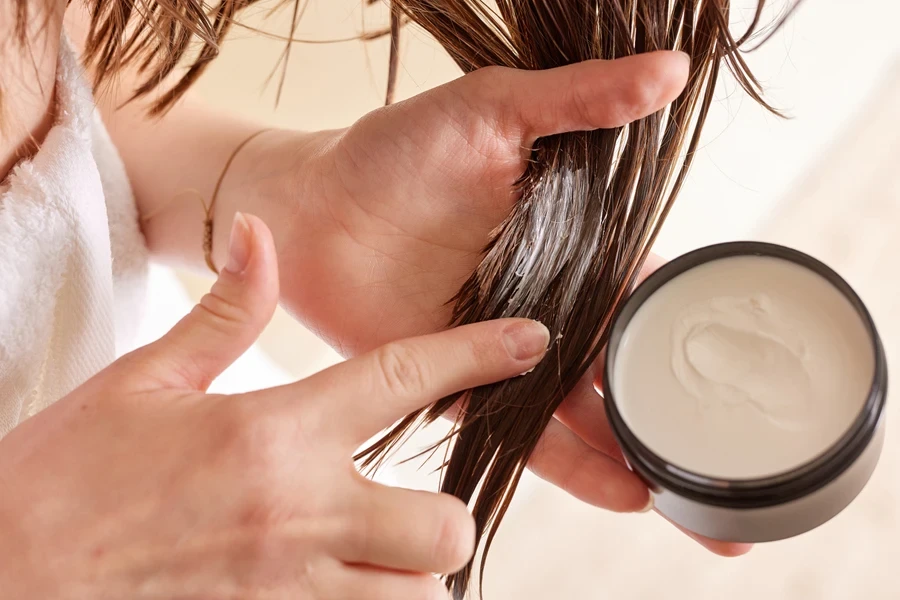
While many hair care items exist for low-porosity hair, these three categories are the true MVPs for anyone struggling with low-porosity.
1. Sulfate-free shampoo
Traditional shampoos often contain sulfates, which strip natural oils and leave hair feeling even drier. On the other hand, a sulfate-free formula cleanses gently, allowing hair to retain moisture where it matters most. When clients buy this from you, give them a tip. Tell them to focus gently on the scalp when shampooing and massaging. That way, the suds will trickle down the rest of the hair without aggressive scrubbing.
2. Deep conditioner (with heat)
Low-porosity hair benefits from penetrating, hydrating formulas. So, consumers can’t go wrong with a deep conditioner. These products are thicker and formulated to give hair a hefty moisture boost in a single session—perfect for low-porosity hair.
Here’s a tip for clients: After washing, they should apply the conditioner to damp hair and put on a shower cap or heat cap to help lift the cuticle layer. Then, for best results, rinse with lukewarm water.
3. Lightweight oil
Heavy oils will sit on top of low-porosity strands instead of soaking in, creating an annoying, greasy feel and look without giving consumers true hydration. However, lightweight oils like jojoba, grapeseed, or argan act like sealants, helping consumers with low-porosity hair lock in moisture without overcoating.
Tip to give buyers: After using a leave-in conditioner, consumers should apply a small amount of oil to the ends of their hair and work it upward. Remind them to start small—they can always add more if needed.
In conclusion
Low-porosity hair might be tricky to hydrate initially, but it retains moisture once consumers find the right routine. Stylists should remember to keep their clients’ cuticles clear of buildup, use a bit of heat (like a warm towel or hooded dryer) during deep conditioning, and choose lightweight, water-based formulas to stop the product from “sitting on top” of the low-porosity hair. That way, low-porosity strands can look gorgeous and healthy with just a few mindful tweaks.
